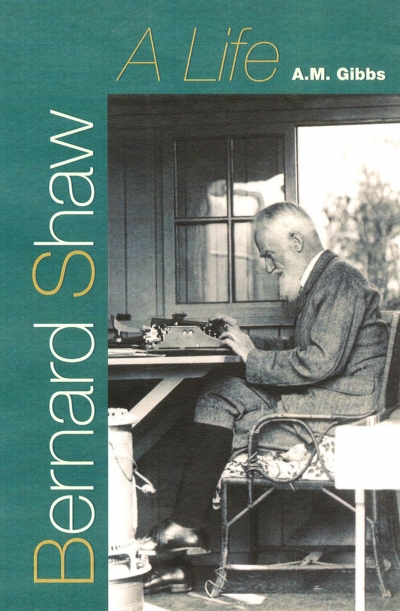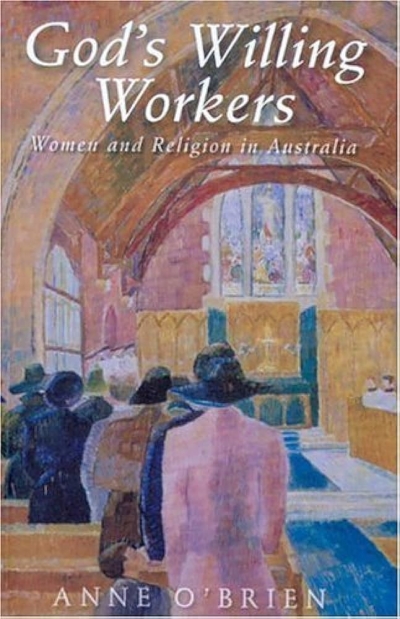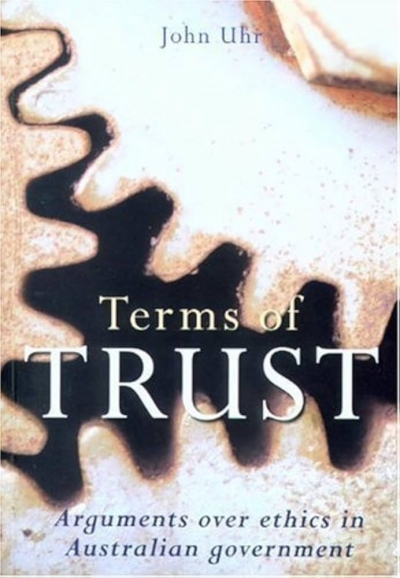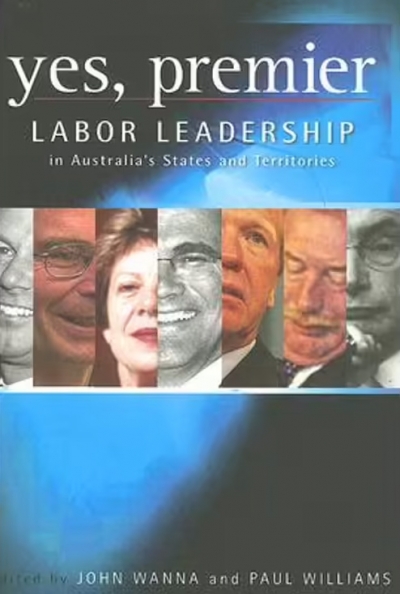UNSW Press
What Was It All For? by Don Aitken & Australia Fair by Hugh Stretton
by Dennis Altman •
God’s Willing Workers: Women and religion in Australia by Anne O'Brien
by Pamela Bone •
Howard's Second and Third Governments: Australian Commonwealth Administration 1998–2004 edited by Chris Aulich and Roger Wettenhall
by Judith Brett •
Freud in the Antipodes: A cultural history of psychoanalysis in Australia by Joy Damousi
by Ron Spielman •
Yes, Premier: Labor leadership in Australia's states and territories edited by John Wanna and Paul Williams
by Frank Bongiorno •










